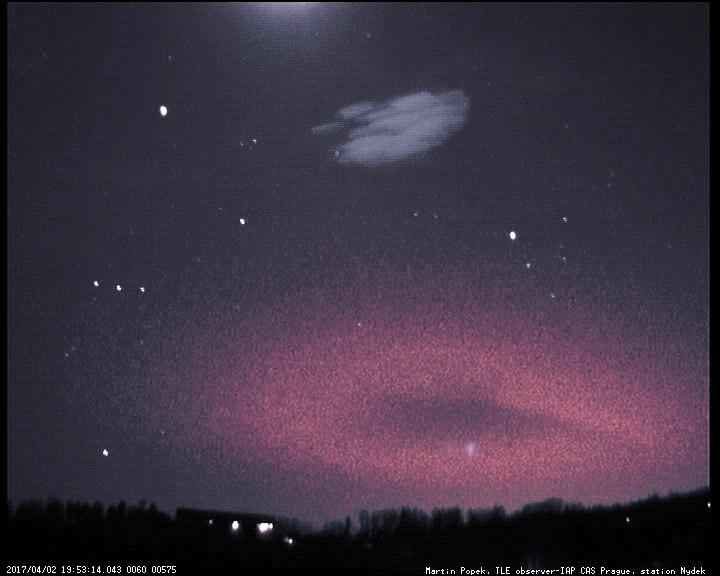
Amateur astronomer Martin Popek of the city of Nýdek in the Czech Republic caught this rare red ring of light in the sky on April 2, 2017, using a low-light video camera. It's an example of an ELVE (Emissions of Light and Very Low Frequency Perturbations due to Electromagnetic Pulse Sources). Spaceweather.com explained:
ELVEs are often accompanied by red sprites, often called lightning sprites, and that was the case here. The image below - also captured by Popek on April 2 - shows them.ELVEs appear when a pulse of electromagnetic radiation from lightning propagates up toward space and hits the base of Earth's ionosphere ... A faint ring of light marks the broad 'spot' where the EMP hits.
ELVEs are elusive - and that's an understatement. Blinking in and out of existence in only 1/1000th of a second, they are completely invisible to the human eye.
These lightning phenomena are extremely elusive. For one thing, they flash on a millisecond timescale. They're also above thunderstorms, so they're usually blocked from view on the ground. Astronauts in space have the perfect vantage point for seeing ELVEs and lightning sprites, and indeed ELVEs were first seen by cameras on the space shuttle in the 1990s.
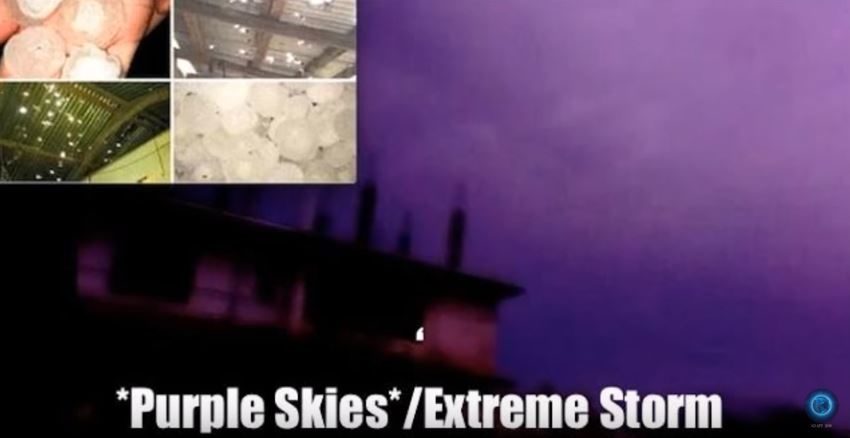
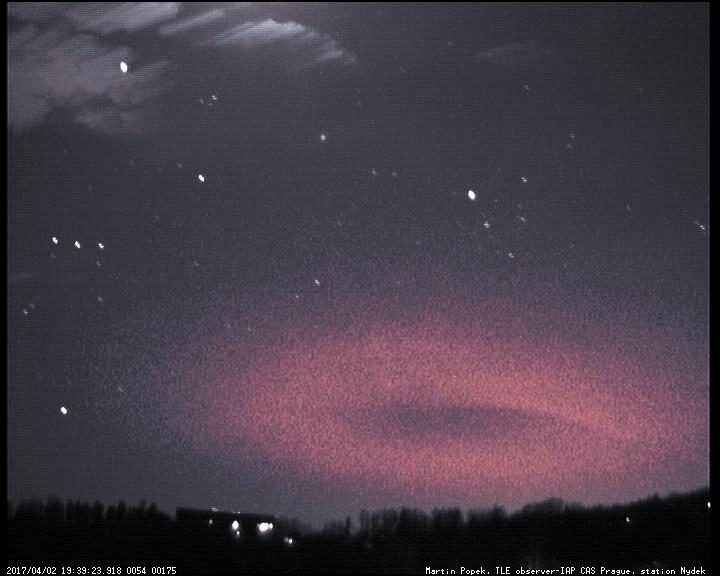
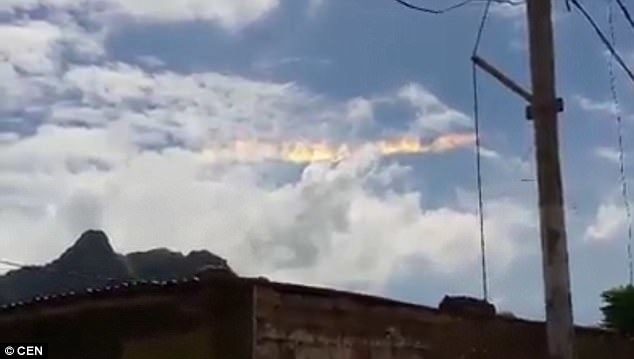
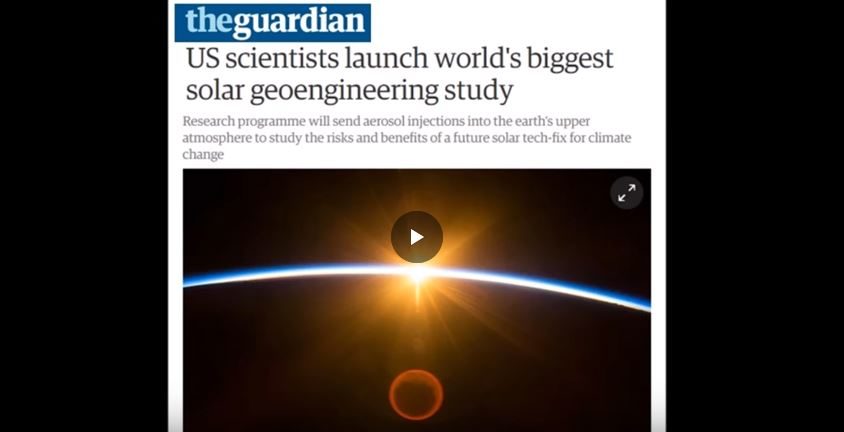
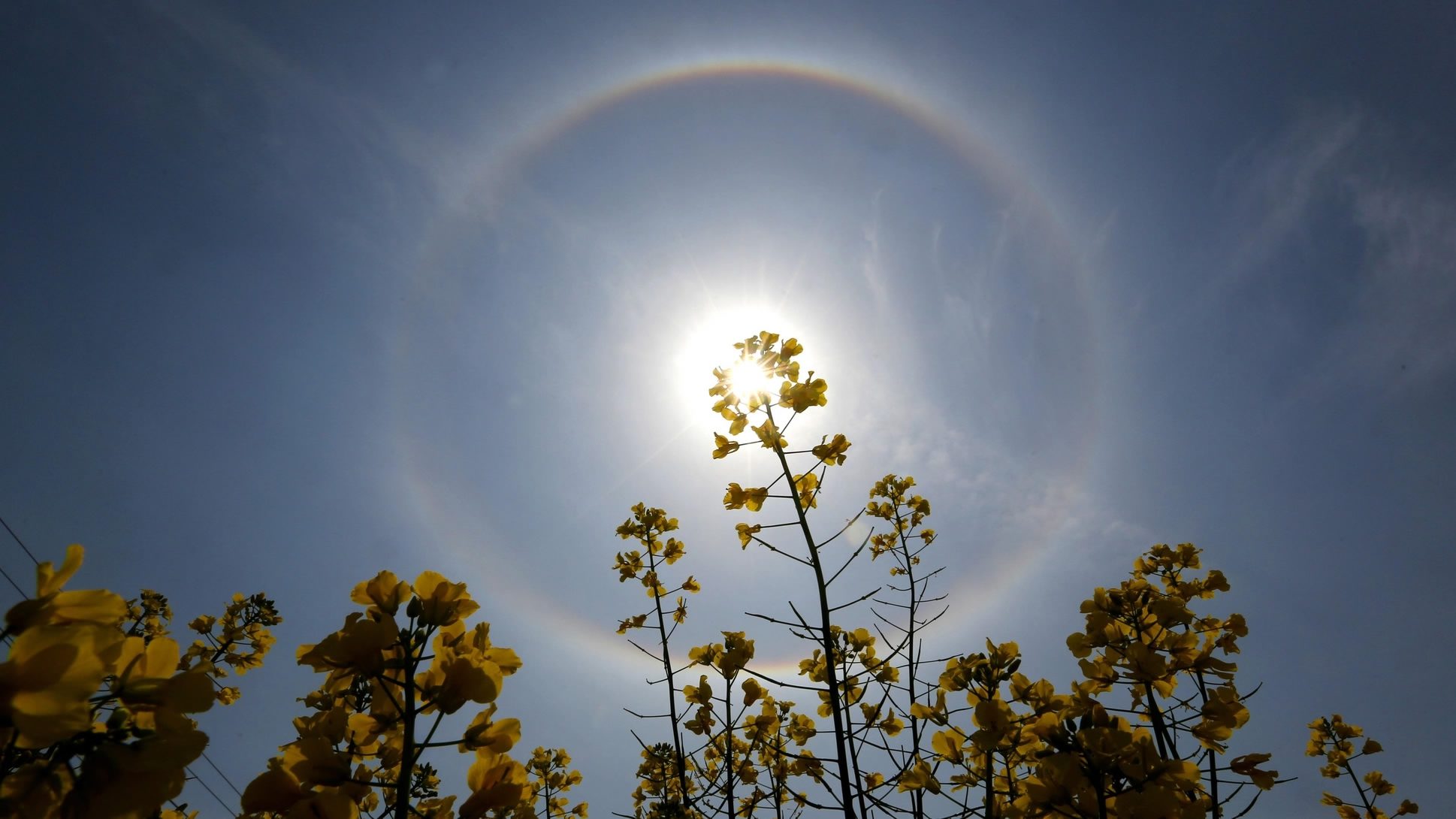

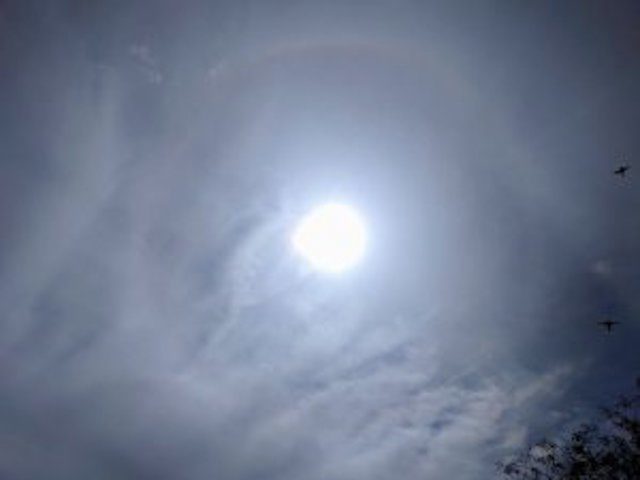

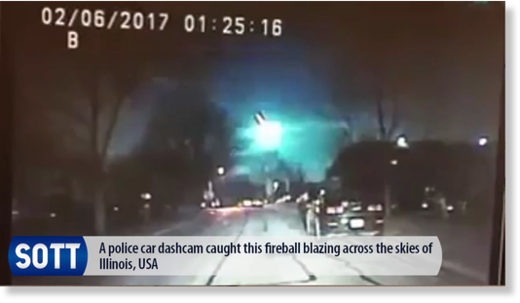
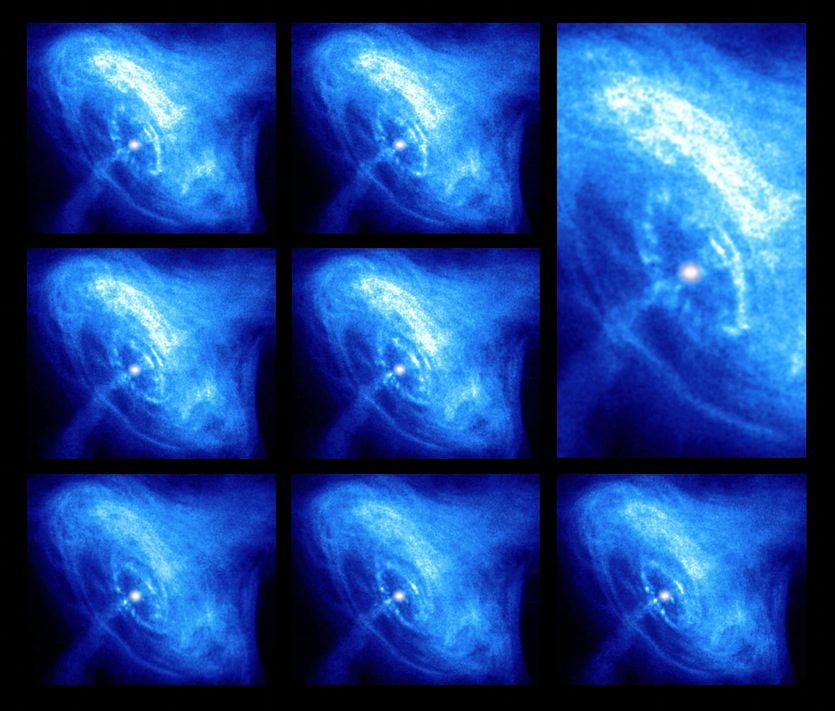



Comment: Another ELVE was photographed above a thunderstorm in Colorado last year. A few days ago 6 'gigantic jets' (ionospheric lightning) were captured above storm clouds in Western Australia. Another blue jet was observed over Brazil last month. These transient luminous events (TLEs) are not so 'rare' these days.
See also: Electric universe: Lightning strength and frequency increasing
The Electric Universe model is clearly explained, with a lot more relevant information, in the book Earth Changes and the Human Cosmic Connection by Pierre Lescaudron and Laura Knight-Jadczyk.